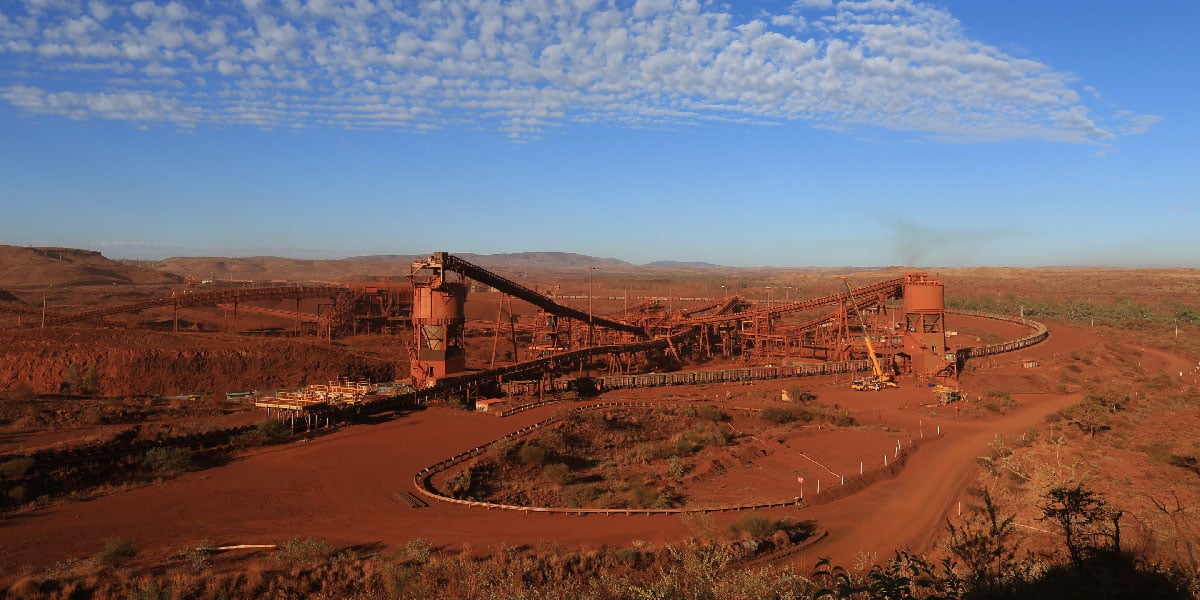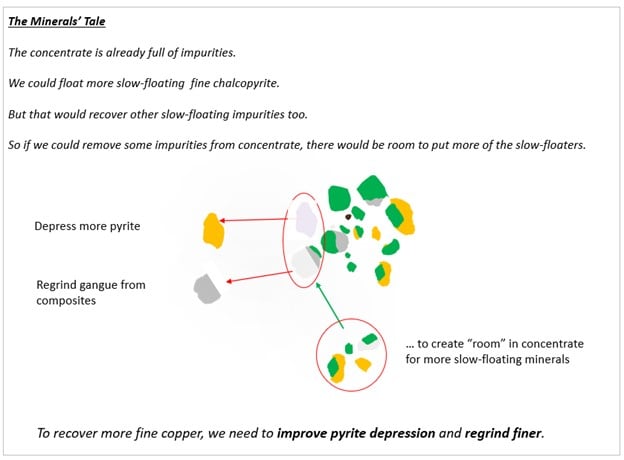Innovation deconstructed: do we seek disruption or optimisation?

This article is an edited excerpt of the AusIMM Metallurgical Society Delprat Distinguished Lecture, first delivered on 6 October 2020 in Brisbane, Queensland
Much is spoken about the need for disruption in the minerals industry. The word ‘disruption’ appears to be used in a similar context to ‘creative destruction’, a term coined in 1942 by Austrian economist Josef Schumpeter. Schumpeter identified creative destruction as an engine of capitalism – innovation destroys some companies and products (think Kodak or Blockbuster Video), but creates stronger new ones. Overall, society is better off.
In this sense, true digital disruption of mining would mean a new material that made copper redundant; or a new source of copper that didn’t require mining. Instead, the term ‘digital disruption’ is used to describe analysing more data in different ways to run existing operations more efficiently. That is optimisation, not disruption – and optimisation is a very good thing.
This may sound like semantics, but the words are important. Disruption doesn’t need existing methods; it displaces them. But optimisation builds on existing foundations. The modern digital innovations – big data, machine learning, artificial intelligence – still rely on accurate field measurements, good stabilising control and appropriate supervisory control loops. Yet too often our field instruments are wrong and control loops are inappropriate or poorly tuned. Often we simply don’t have the right measurements. While we can measure everything we need to automate a truck or train, in mineral processing we often can’t directly measure the critical variables. Online measures in flotation are, at best, vague shadows of what we really need to know about mineral texture and particle surface chemistry. No array of other measures nor army of algorithms can compensate for this. More poor data does not create good data. This is so obvious to engineers that we don’t communicate it well. We let our companies place misguided faith in sophisticated approaches built on poor foundations. This leads to losses in value and efficiency across our operations.
The importance of good communication to innovation and optimisation
The importance of good communication, and how it impacts our efforts to optimise operations, can be explored through a case study in flotation. Probably the most important flotation innovation in the last 50 years is automated quantitative mineralogy. Along with modern tools to analyse the surface atomic layer, we can now see what happened at the mineral and surface level that determined flotation performance. Any system that is not informed by these fundamental outcome drivers is irredeemably inferior.
Yet, though these tools have been available for decades, metallurgists still do a poor job of communicating their stories. Mineralogical reports are full of graphs and tables without revealing ‘the picture’. But with effort, mineralogy can be distilled to answer the three critical flotation questions:
- What is in the concentrate that shouldn’t be?
- What is in the tailings that shouldn’t be?
- How do they interact?
Consider if you were asked to reduce losses of ultrafine chalcopyrite after regrinding. You analyse mineralogy in the above context, you consider the plant dynamics, you understand that operators must maintain concentrate grade. You communicate your findings in with a clear narrative and simple pictures that everyone ‘gets’:

Now imagine when you are first asked to improve fine chalcopyrite recovery. To reply ‘we should regrind finer’ will not sound credible unless you support it with the compelling picture and narrative. Meanwhile, a colleague proposes a stronger collector or to ‘close-circuit’ the cleaners. Without the mineral story these responses sound more credible – but are wrong. And data analysis or machine learning can never come up with the right answer unless it incorporates the insights from underlying mineralogy. At best it would tell us ‘what is’, not ‘what it could be’.
Our poor communication of mineralogy reflects a wider communication issue for engineers and for the resources industry generally. The successful communicators – politicians, social campaigners, marketers – combine evocative pictures with a compelling narrative to make their solution seem obvious. Every time we see the image we instantly ‘see’ their solution. They have controlled the narrative; they set the playing field for discussion.
Engineers know that the mineral story is underpinned by countless hours of scientific rigour. We think this rigour should speak for itself; we are suspicious of simple narratives and images because too often they are not built on rigorous analysis – those simple and compelling solutions prove to be simplistic.
Instead, we can adopt good communication techniques to create the right playing field. Athletes know how important this is – ‘she wanted me to play her game, but I made her play my game’. In flotation, the playing field is mineral texture and surfaces. Every conversation about improving performance should be played here. If someone suggests a stronger frother, a new collector, or ‘black box’ algorithms, we want management to ask ‘so how will that affect the composites and pyrite in concentrate, and what other unwanted particles might it put in concentrate?’ Every footballer knows how to manage the recovery dialogue: ‘if we stick to our structure and processes, the score will look after itself.’
To succeed in minerals innovation the conversations must be about minerals. We have failed to control the narrative when ‘digital disruption’ is built on poor measurements and inadequate control loops; or when recovery initiatives accept simplistic solutions rather than mineral-based action. Someone else told management a better story than we did.
Communication and the big picture
Similarly, the narrative that the ‘mining industry is conservative’ belongs to those who benefit from that story. We seem to limply accept it, but it is not our narrative. How can we possibly attract or motivate talent to an industry that concedes it is conservative?
The mining industry is incredibly risky. We invest billions of dollars in single-purpose assets in remote locations with unknown sovereign risk to make an intermediate product with no pricing power. At best, drilling has sampled 0.001 per cent of a heterogenous deposit. All we can be certain of is that the ground conditions and mineralogy won’t be what we expected, and that plant feed will vary in ways we can’t control. Our process equipment must be backwards-compatible, and forwards-compatible for the next 30 years. Failure is not an option – we can’t ‘download a patch’ to fix or upgrade it. Mining and process steps are interrelated in complex ways with feedback loops that can take years to unfold. Survival of equipment and facilities is not determined by the average design duty, but by extreme events – the lens of clay, the tramp steel in crusher feed, the hundred-year weather event.
This is why financers don’t think the mining industry is conservative – they have been burnt too often by a long history of project and process failures. They, and the shareholders, expect us to be professional and cautious with their money.
This is our narrative, and we should be proud of it. Like any industry, success in minerals requires deep rigour, dogged determination and ruthless perseverance. Both the skills and instincts for success derive from ‘ten thousand hours’ of experience – just as it does in sport or music; in manufacturing or in Silicon Valley.
If you succeed in minerals innovation and optimisation, you should be mighty proud.